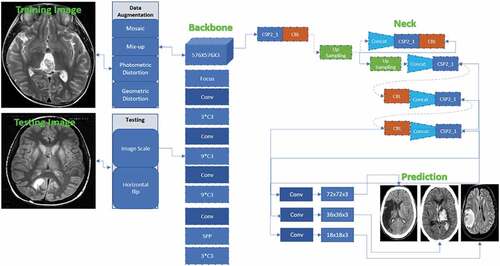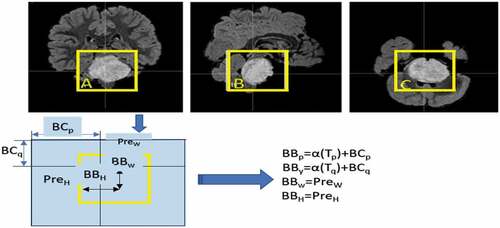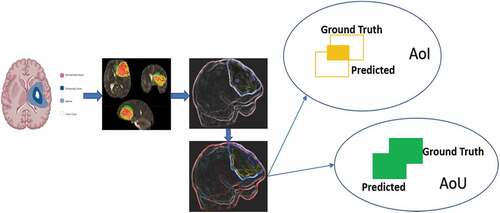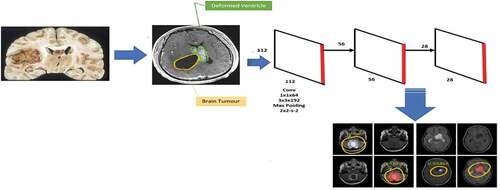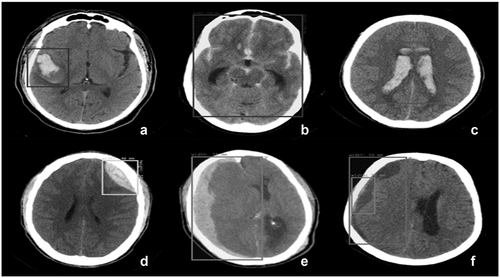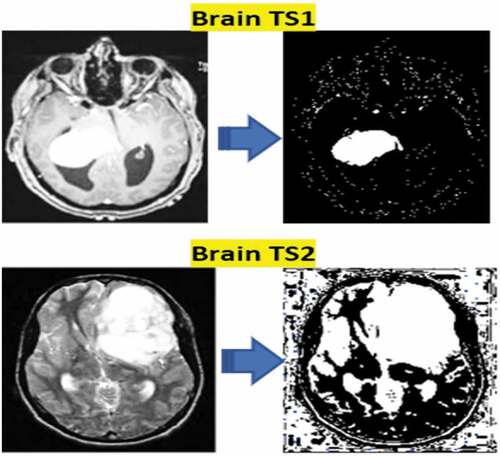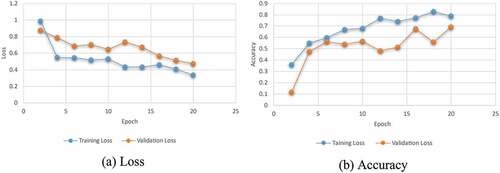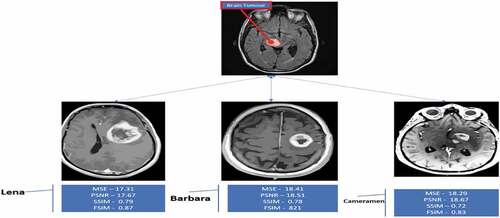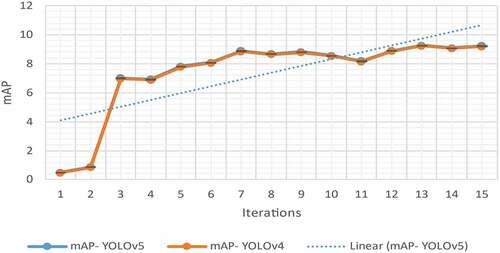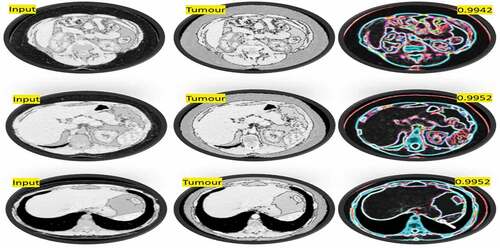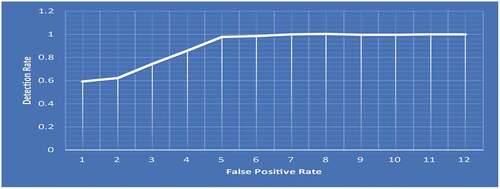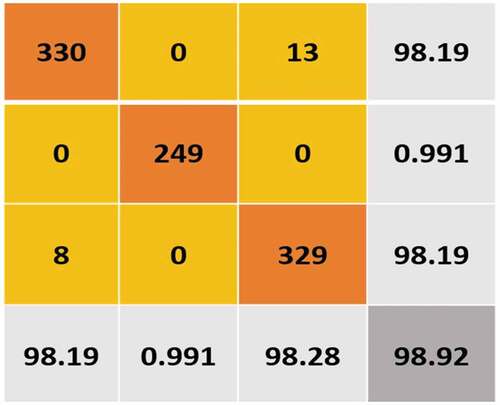Figures & data
Table 1. Analysis of YOLOV5 about related studies.
Table 2. Optimal Hyper Parameters of proposed YOLOV5.
Table 3. Recognition Speed at Different Resolutions.
Table 4. ML Algorithm comparison using F1-score and Accuracy.
Table 5. Performance Metrics of Image Quality (MSE, PSNR, SSIM, FSIM).
Table 6. Performance measure of MSE, PSNR, SSIM, FSIM, CPU Time.
Table 7. Learning models of the CNN Models.
Table 8. Localization of Proposed Method.
Table 9. Analysis of Accuracy metrics of TP, TN, FP, FN, Accuracy, Specificity, Sensitivity, and Precision.
Table 10. Comparison of classification performance between proposed and existing state-of-the-art techniques.
Table 11. Proposed (i-YOLOV5) BT detection with different losses on test datasets.
Table 12. The i-YOLOV5 is compared to other models by (Bernal et al. Citation2019).

